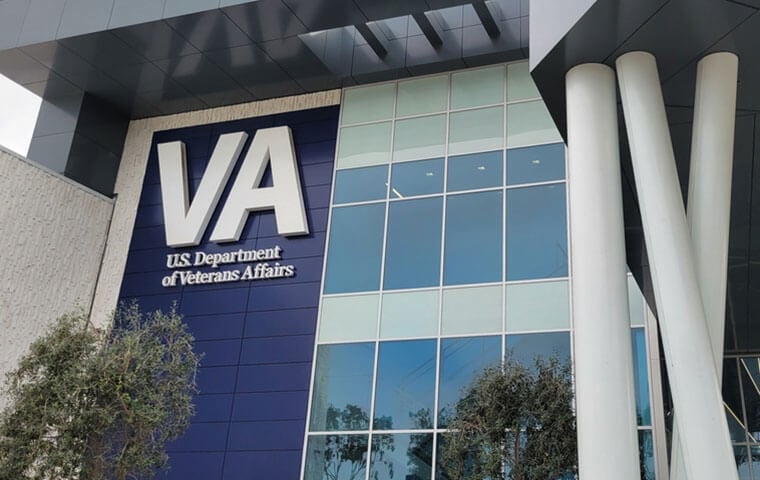 By early 2024, the VA said that the VHA had exceeded its hiring goals and decreased employee turnover by 20 percent over the prior two years. Image: S and S Imaging/Shutterstock.com
By: FEDweek Staff
By early 2024, the VA said that the VHA had exceeded its hiring goals and decreased employee turnover by 20 percent over the prior two years. Image: S and S Imaging/Shutterstock.com
By: FEDweek StaffUse of recruitment and retention incentives proved to be effective in addressing staffing shortages at the VA, a report has said, while calling for closer supervision of their use.
The findings by the inspector general’s office at the VA reflect common experiences of agencies in the recent past as they tried to address skills gaps in occupations that have proven hard to fill and to have high turnover, largely due to higher salaries available elsewhere. However, their use could be curtailed in the current environment of staff cuts at numerous agencies, including the VA.
The report said that over fiscal years 2022 and 2023, the Veterans Health Administration paid about $828 million in incentives to about 130,000 employees, about nine-tenths of them to employees in occupations on the department’s staffing shortage lists. Those included medical occupations such as registered nurses, medical officers, psychologists, practical nurses, nursing assistants, and as well as non-medical occupations such as custodial workers, medical support assistants and police officers.
By early 2024, the VA said that the VHA had exceeded its hiring goals and decreased employee turnover by 20 percent over the prior two years.
“However, VA did not effectively govern the incentive process to ensure responsible VHA officials consistently captured mandatory information necessary to support an incentive award,” it said. It said that in nearly a third of cases, involving $341 million, auditors found problems such as that incentive forms lacked a sufficient justification, were missing signatures, or were missing entirely.
“Further, VHA did not consistently include sufficient workforce and succession plan narratives for retention incentives, note employee performance ratings for relocation incentives, or obtain self-certifications from employees who relocated. Last, the team found some VHA employees received retention incentive payments after the award period had expired,” it said.
It said the VA has taken actions, or has agreed to take actions, to address recommendations directed toward those findings.
Congress Leaving Key Policy, Funding Decisions to the Fall
Guidance on ‘Schedule G’ Stresses Political Oversight
OPM Tells Agencies to Allow ‘Religious Expression’ in Federal Workplace
Agency RIFs, Reorganizations Starting to Take Shape
Order Formally Launches ‘Schedule Policy/Career,’ Adds Category of Appointees
Court Allows Order against Unions to Remain, but Congress Eyes Stepping In
See also,
Top 10 Provisions in the Big Beautiful Bill of Interest to Federal Employees
A Pre-RIF Checklist for Every Federal Employee, From a Federal Employment Attorney
Work Longer or Take the FERS Supplement Now: Which is Better?
Doubling Your TSP (C Fund vs G Fund)

